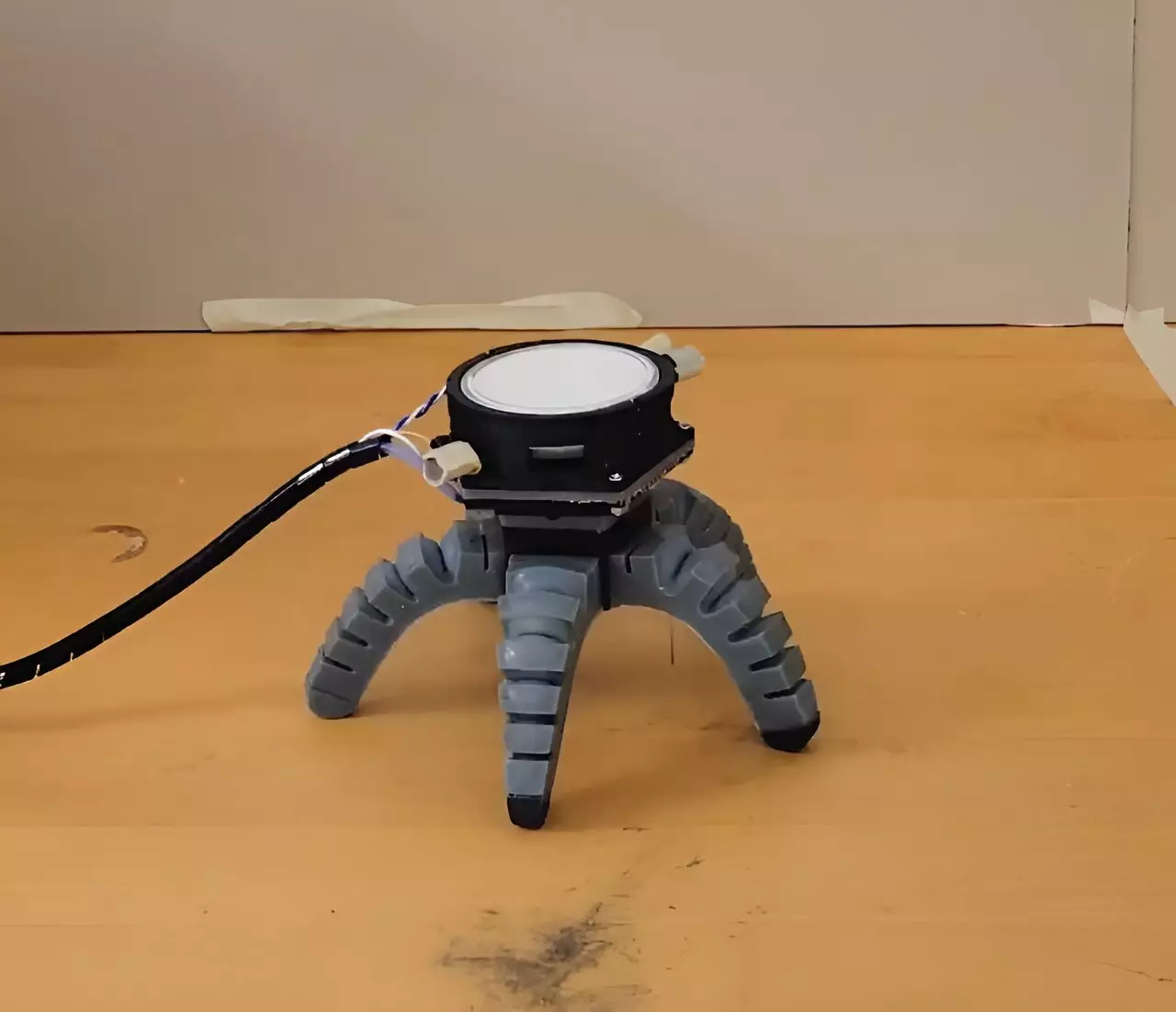The landscape of robotics is on the brink of transformation, driven by innovative research that combines the living world with artificial intelligence. A pioneering study from Cornell University introduces a groundbreaking approach to robotics that integrates fungal mycelia into the control systems of biohybrid robots. This redirection toward biological components offers promising avenues for creating machines that can interact adaptively with their environment, suggesting a future where machines and the natural world are intertwined in ways previously unimagined.
Fungal mycelia, often dismissed as mere decomposers of organic matter, have emerged as significant allies in the domain of robotics. The innate electrical signals produced by these fungi provide a unique means of sensing and responding to environmental stimuli. Unlike conventional synthetic sensors, which are purpose-built for singular tasks, mycelia-based systems can respond dynamically to multiple types of inputs, such as light or chemical changes in their surroundings. This adaptability aligns perfectly with the growing need for robots to operate in variable environments, such as agricultural fields or disaster zones, where conditions can shift abruptly.
The Cornell research team, led by Anand Mishra and Rob Shepherd, has demonstrated that these biohybrid robots can effectively respond to environmental changes. By integrating mycelia into robotic systems, researchers are not just creating machines that can be programmed, but rather entities that embody biological responsiveness and adaptability. This recognition of fungi’s capabilities represents a vital shift in how we conceptualize the relationship between robotics and the natural world.
Creating these biohybrid robots required an intricate balance of diverse scientific disciplines. Mishra’s collaboration with experts in mechanical engineering, electronics, mycology, and neurobiology was crucial. Such interdisciplinary partnerships reflect a broader trend in scientific research, where combining knowledge from various fields leads to breakthroughs that a single discipline might struggle to achieve alone.
For instance, insights from neurobiology enabled the team to measure the electrophysiological activity of the mycelia effectively, while principles from signal processing were essential for interpreting the resulting data. This collaborative approach serves as a model for future innovation in robotics, implying that complex challenges can often be solved through shared knowledge across various fields.
The applications of this research are broad and exciting. The potential to develop robots capable of complex environmental interactions raises fascinating questions about their roles in society. For example, robots that can sense soil chemistry precisely could revolutionize agriculture. This capability might enable them to optimize fertilizer application, ultimately promoting sustainability and protecting ecosystems from harmful runoff.
Furthermore, the study hints at deeper implications for understanding and visualizing biological signals within natural systems. As Mishra articulated, the interaction with living systems provides not only a control mechanism for robots but also insights into the stressors affecting these organisms. Thus, this technology could foster a deeper understanding of ecological health and resilience.
This research opens the door to numerous possibilities for biohybrid robots, particularly in enhancing their autonomy in unpredictable environments. As scientists explore further into the potential of fungal mycelia and other biological materials, the prospects for such robots expand. From habitat monitoring to disaster response, the ability to create robots that are both intelligent and adaptive promises to propel research and technological application into new realms.
Engaging with living organisms in robotics may also lead to ethical discussions surrounding the treatment of these ecosystems, prompting a need for responsible approaches to integrating biology into technology. As these fields continue to converge, a critical dialogue on ecological impact, sustainability, and the future roles of such technology within our environment will be essential.
The intersection of robotics and biology, as exemplified by the innovative use of fungal mycelia, illustrates the exciting future of technology that resonates with the living world. This breakthrough represents a strategic shift toward more adaptive, sensitive, and environmentally aware robotic systems. The ongoing collaboration among scientists from multiple disciplines further underscores that the future of robotics lies not just in mechanical prowess but in understanding and harnessing the complex, adaptable systems found in nature. As we delve deeper into this biohybrid future, the line between organic and synthetic continues to blur, offering a path toward a more integrated and responsive technological landscape.

